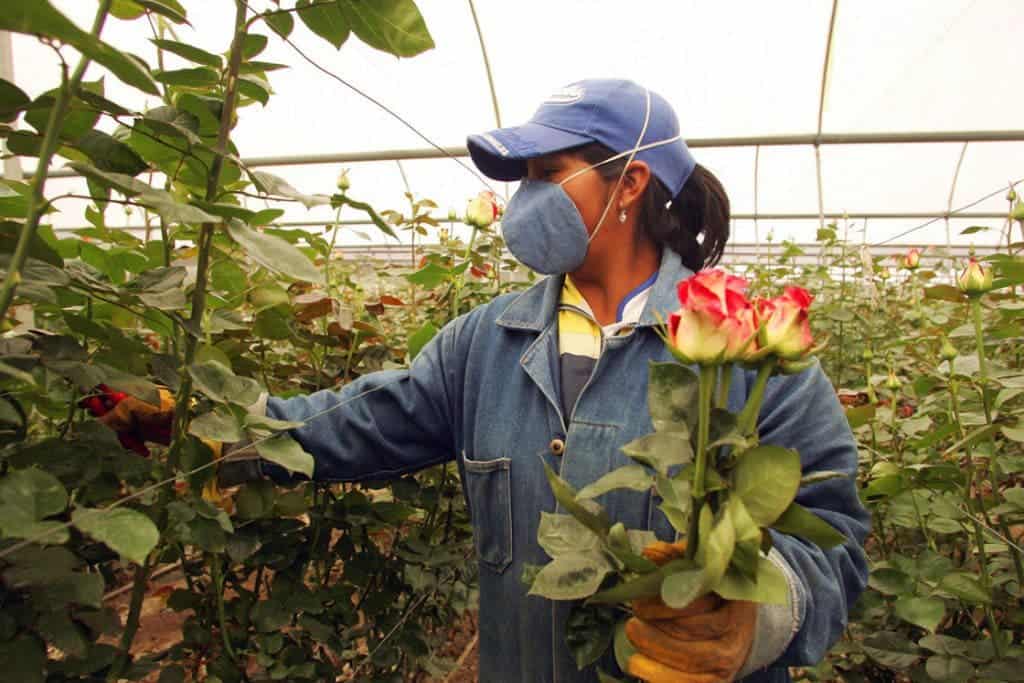Between 1992 and 2007, the number of products sold by farmers directly to consumers increased three fold and twice as fast as total agricultural sales. This gives to show that recent policies and campaigns aimed at improving the sale of local food have been largely successful. Local food is fresher, has more flavor and a longer shelf life, supports small business from the local community, preserves the use of farmlands and open spaces by making them economically viable. But not all agricultural sectors have received equal attention – take flowers, for instance. Some 80% of the flowers sold in the $7 billion-$8 billion American market come from South America, according to the California Cut Flower Commission (CCFC).

During busy holidays, like Valentine’s Day, flowers fly into Miami six days a week, seven times daily. This trails to a huge carbon footprint, while also making business very difficult to local flower farmers who most often than not can’t compete with South American varieties. These fly in at very low prices from places like Bolivia, Colombia, Ecuador, and Peru. Here, the labor is cheap and often exploited. Year-round balmy conditions also mean that flowers can be grown much easier and in larger quantities than in the US or Canada. The Andean Trade Preference Agreement, also plays an important part as well. The act was instated in 1991 and gives preferential treatment to some produces coming from South American countries to support alternative economies and deter drug trafficking (which has great implications for the US, the most important narcotics market in the world). Debra Prinzing, a journalist and flower activist, recognized the situation and launched a “slow flower” movement – mimicking the slow food campaign – to raise awareness and help the local flower farmers.
In 2013, she published a book called Slow Flowers: Four Seasons of Locally Grown Bouquets from the Garden, Meadow and Farm, as well as a weekly podcast called “Slow Flowers with Debra Prinzing,” where she frequently covers matters concerning flowers in the US and regularly hosts interviews with farmers, florists, scientists and other leading figures in the industry. All these efforts are fortunately beginning to pay off.
“Some people call it the field-to-vase phenomenon. It’s exciting to see that flowers are catching up with where food has gone [in 20 years],” says Prinzing.
“It became interesting to me that [these farmers] were a forgotten part of agriculture,” she says. “The pendulum has swung so far over to [being] all about food that non-food agriculture had been completely ignored and wasn’t even considered legitimate agriculture.”
The number of small flower farmers grew more than 20 percent across the country from 5,085 in 2007 to 5,903 in 2012. Most importantly, last year the CCFC introduced the “Certified American Grown” labeling for domestically grown flowers, which retails can use. So, if you’re buying local food (as you ought to), next time you’re at the florist looking for a nice bouquet for someone special take a moment to offer the same consideration.


